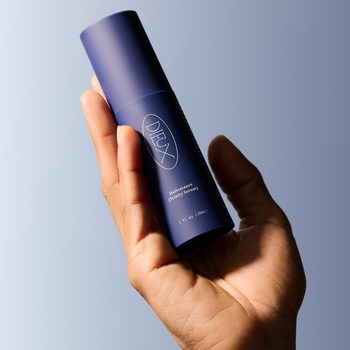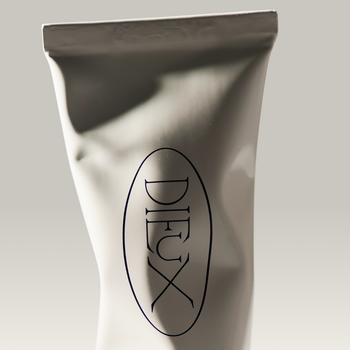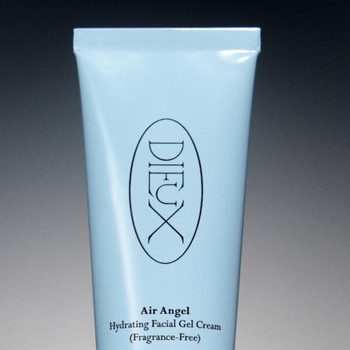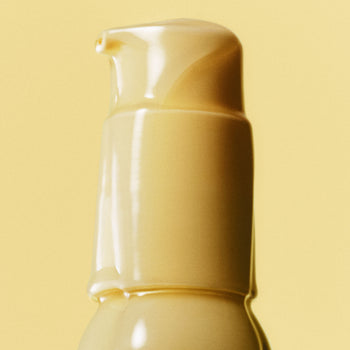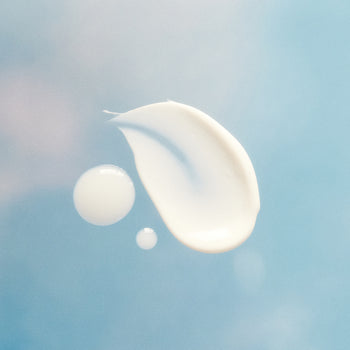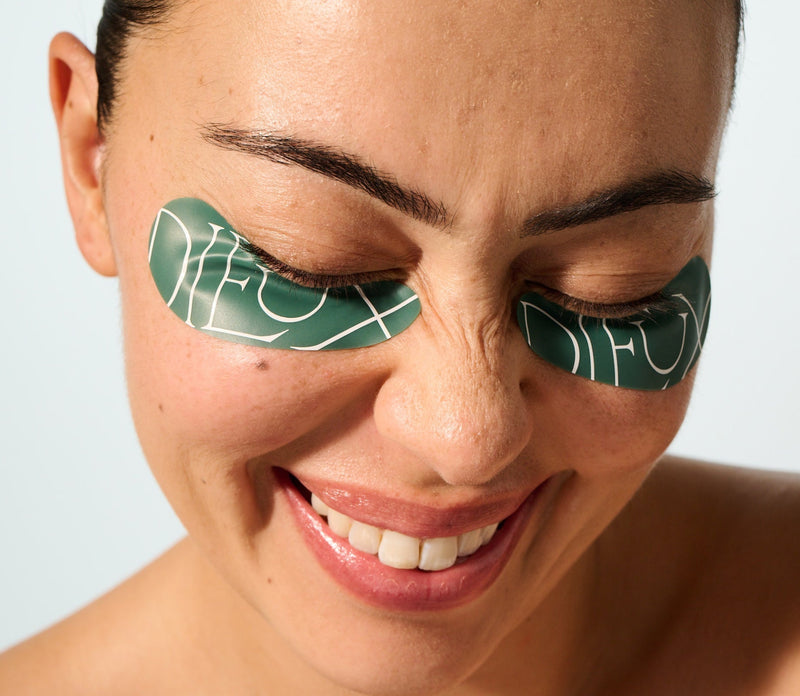
Q&A on Melanin-Rich Skin with Dr. Caroline Robinson
Botox? Microneedling? Lasers?
Everything you need to know about melanated skin and dermatology treatments with MD, FAAD, dermatologist and founder of Tone Dermatology Dr. Caroline Robinson (@crobinsonmd). Keep reading to understand some of the nuances and some things to look out for.
Q: What are the most common dermatologic skin concerns in melanin-rich skin?
Melanin-rich skin is impacted by the same dermatologic conditions as any other skin tone. However, how skin conditions present and how the skin reacts to them can be unique. Skin conditions such as acne, eczema, psoriasis, and skin cancers can occur on all skin types and tones. On skin of color, these conditions can have a unique appearance. There are important considerations when treating them, which is why it is so important to involve a board-certified dermatologist in the care of these conditions. Eczema, or atopic dermatitis, for example, is more common in Black patients as compared to other groups, and research shows that it can be slower to respond to treatment. Added to this, the appearance of eczema on the background of darker skin makes diagnosis more challenging. We cannot rely on redness as our only visual cue because inflamed skin can look purple or even darker shades of brown, and scratches (or excoriations) can look like areas of hypopigmentation (or lighter brown). There is a complex mix of factors including genetics, skin barrier function, and environment that seem to play a role in these differences. Similarly, data suggests that skin cancers in skin of color are impacted by delays in diagnosis, late stage, and aggressive tumor behavior at diagnosis, impacted in part by differences in the appearance of these cancers in darker skin. Acne is one of the most common conditions impacting most Americans, however, many patients with darker skin also have an added nuance of post-acne dark marks (or post-inflammatory hyperpigmentation) with their breakouts, just by virtue of having more melanin in their skin. Post-inflammatory hyperpigmentation can be more troubling than the acne itself and has a significant psychosocial impact. As a dermatologist who treats these conditions and so many others, I understand that part of caring for any patient, including diverse patient populations, involves understanding the unique clinical features and cultural considerations that accompany the diagnosis for that person. This is the best way to create a treatment plan that will be successful.
Q: What questions should you ask at a dermatologist's office if you have more melanin-rich skin?
Your dermatologist is your resource for all things skin health, which includes everything from skincare and sun protection, to treatment of active skin conditions. I recommend that everyone see a dermatologist at least once in their lifetime, even in the absence of an active skin condition, for education on prevention of skin cancers and recommendations on skin health. In preparation for a dermatology visit, it is so important to take notes on skin concerns and questions that you would like to discuss. My rule of thumb is to rank your list and highlight the top three concerns so that they can be adequately covered by your physician. If you have a specific skin condition, be prepared to discuss when it started, symptoms, treatments you’ve tried, how the appearance of the condition has changed over time, and all of your medical history and medications. For those with darker skin, it is important to understand how treatments and recommendations impact your skin. Considerations like hyperpigmentation and scarring risks are important to ask about especially in the context of any in-office procedures. Your dermatologist may also provide a general list of skincare products or samples that are best suited for your skin type. The goal is to leave your visit with a clear understanding of your condition and a plan to address it. Here are some helpful questions to add to your list:
- Are there any changes I should make to my skin routine based on my exam today?
- What recommendations do you have for monitoring my skin at home?
- How can I best protect my skin from the sun/environmental aggressors?
- What is the risk of hyperpigmentation and scarring with the treatment(s) recommended today?
- How often should I visit the dermatologist?
Q: What kind of treatments are best suited for melanin-rich skin? Which should be avoided?
Some of my top in-office procedures for skin of color include microneedling, which can help to stimulate collagen and tighten, laser or chemical peels to address uneven skin, and radiofrequency to promote skin tightening and reduce fat. These procedures promote healthier looking skin and can help us age gracefully. With the innovation in the aesthetic space, there are many treatments available and few, if any, that should be avoided. Oftentimes, modified settings or appointments should be considered for darker skin tones, and it is important to discuss this with your doctor. Certain types of lasers should be avoided in skin of color (including IPL and certain ablative lasers). Laser surgery and technology is always changing and advancing, so I recommend that patients considering laser surgery seek consultation with a board-certified derm with interest and experience in this type of treatment on skin of color. Pre-treatment and post-treatment, sunscreen, and products to address hyperpigmentation are an important part of any procedure in those with melanin-rich skin. Below is a list of some treatments that are safe for all skin tones:
Microneedling: Extremely fine, short needles are rolled or glided over your face, creating tiny channels in the skin’s surface that trigger the skin to repair itself, boosting collagen, tightening pores, clearing excess pigment, and smoothing fine lines. In about four to six treatments, scars and spots are improved. I often couple this with Platelet Rich Plasma (concentrated growth factors and nutrients that are created by you) to boost results and speed healing.
Radiofrequency: A handheld device transmits radiofrequency waves which quickly heat the dermis of the skin stimulating collagen production for a more sculpted look. Several treatments may be needed and the effects take a few months to peak.
Laser: Lasers such as the Nd:YAG type glides over skin, emitting wavelengths that penetrate below the surface, breaking down old skin cells and stimulating the growth of new ones. Laser can address many skin concerns such as acne, acne scarring, hyperpigmentation, pores, lines/wrinkles. Multiple sessions are required. One of my most frequently used lasers is a 1064nm 650 microsecond laser for rejuvenation, hair removal, hyperpigmentation, and skin tightening, and I love that it is safe on all skin types.
Neurotoxins and Filler: Neurotoxins like Botox® when injected into the skin soften muscles contraction creating smother lines and softer expressions. It is commonly used to treat deep forehead creases, crows feet and frown lines. The effects last three to four months. Filler, on the other hand, is typically a hyaluronic acid gel and it is used to fill space, not to impact muscle movement. Filler can be used to sculpt and contour the cheeks and jawline for example, or smooth the under-eye area.
Chemical Peels: Alpha- and beta-hydroxy acids as well as other peel ingredients loosen the dead layer of skin and reveals new cells. Peels improve tone and texture, and optimize skin’s ability to absorb active ingredients in topicals. A superficial peel may only cause a little redness and peeling and is safe on all skin tones; a deeper one requires a few days of downtime. Many pros recommend getting around three a year to maintain results. Price: from $200 per treatment (PCA Professional Chemical Peels)
Q: What are your top three skincare ingredients for darker skin tones?
While most have probably already heard of the ultimate skincare trio of sunscreen, antioxidants, and retinoids, I have found that most of my patients have not optimized this trio. First, selecting a sunscreen that is appropriate for your skin type is essential. A mineral sunscreen is my recommendation for those with acne-prone skin or sensitive skin, because it is less likely to create irritation or sensitivity. I also recommend tinted mineral sunscreens for those prone to hyperpigmentation because of the ability of these sunscreens to protect against visible light. Potent antioxidant serums that contain a blend of actives, including vitamin C, are important to repair and building skin resilience. Topical retinoids are helpful in stimulating collagen, skin cell turnover, repair, preventing breakouts, evening tone, and addressing fine lines and wrinkles. These products are safe and effective on even the deepest skin tones when used correctly.
Q: What are some of the barriers that people with darker skin tones face when seeking dermatologic care?
The largest barriers people of color face when seeking dermatologic care are representation and insurance. Sadly, only 4% of practicing dermatologists are Black, for example, yet 70% of Black patients express a desire to see a dermatologist that looks like them. Geographical challenges exist as well, just by virtue of the lack of practicing dermatologists available to cover all of the areas of need. Insurance presents another barrier. In the U.S., insurance is tied to your job, and there is a stratification of insurance coverage that often mirrors the prestige of the job. And when you lose their job, they lose coverage. Access to a specialty like dermatology often requires a referral in some insurance plans, which creates additional gatekeeping and access issues. Patients of color for this and many other reasons have historically not been able to access dermatologic care in the way that they should be able to.
Q: How do you find a dermatologist who is knowledgeable about skin of color?
An important note is that knowledge of skin of color, expertise in treating it, and the cultural competency that it necessitates should be the standard of care in dermatology and is something that we are actively pushing for as a specialty. Finding dermatologists with an expertise in skin of color dermatology is something that has been made easier with search tools on websites such as The American Academy of Dermatology and the Skin of Color Society, which is composed of dermatologists with an interest in conditions which disproportionately impact skin of color patients. There are also directory’s such as those on Hued (huedco.com) and Black Derm Directory.
About Dr. Caroline Robinson
Dr. Caroline Robinson is a board-certified medical and cosmetic dermatologist in Chicago and the founder and CEO of Tone Dermatology, an innovative and inclusive dermatologic practice on Chicago’s near south side. She has expertise in alopecia, preventative dermatology, and skin of color dermatology. In addition to practicing medicine, Dr. Robinson through her work with organizations and brands, serves as an advocate for diversity in dermatology and beauty working to bring awareness to inequities in skin care and healthcare.
